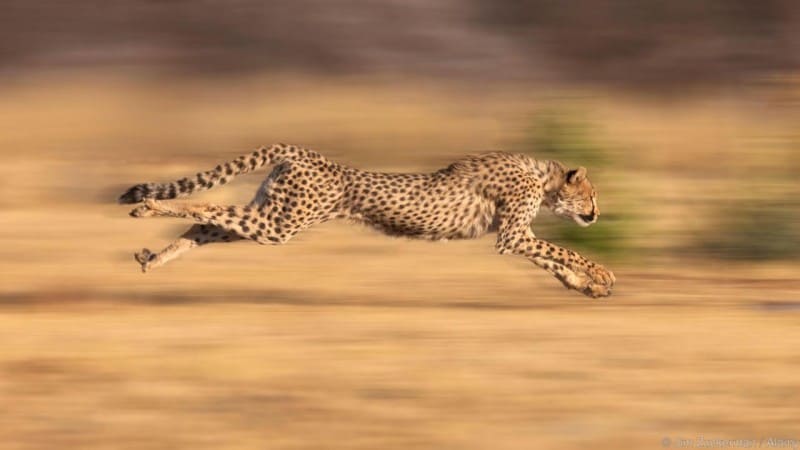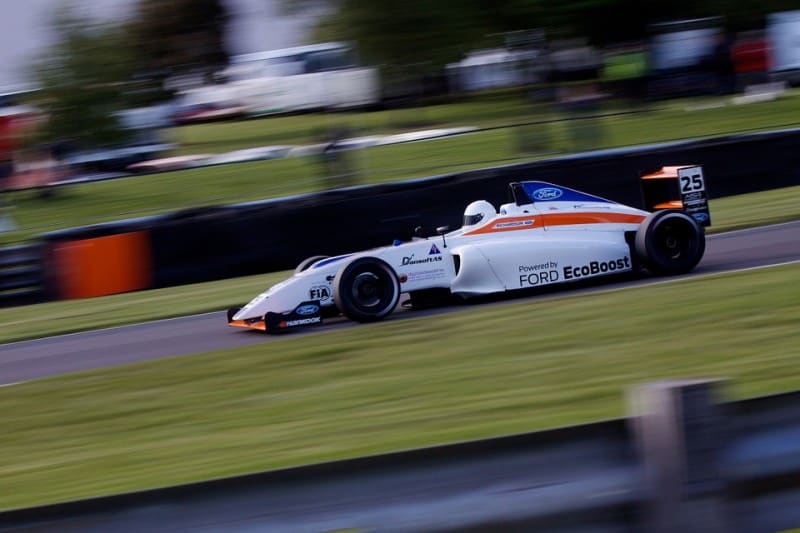Last Updated on January 13, 2019
Lately, manufacturers are making cameras equipped with technologies that allow easier tracking of fast-moving subjects. But these cameras tend to be on the pricey side, and if you can’t afford that kind of gear, what can you do?
Be it preserving memories of your kid’s first soccer match or documenting the growth of your rambunctious pup, you want your photos to convey motion in the right way. You need to understand and love shutter speed to capture images free from blur (the bad kind).
What do you want to capture?

Shutter speed will be your friend when attempting to capture motion in your photographs. Here are the basics: a fast shutter speed freezes motion while a slower one blurs a moving object.
- water – you can capture it as it is (fast shutter speed) or silky smooth (slow shutter speed and a tripod).
- people – a person can be walking, jogging, running, or playing sports (all needs different shutter speeds).
- vehicles – like people, there are different settings to use for capturing buses, trains, cars, and bicycles. Panning, a technique to convey intentional movement, is a creative way to portray motion.
- animals – again, different settings are needed be it pets or those in the wild. Panning can also be useful here.
Portraying motion
There are different ways to portray your subject in motion. You can blur your subject and keep the background in focus. You can also blur the background and keep the subject in focus (panning).
Capturing a blurred subject with background in focus
Suppose you want to show how fast cars move in the city. This means that the vehicles will be blurred while the background – the city – is in focus. Doing so communicates that something is in motion. To achieve this you will need a slow shutter speed and for best results, a tripod. A popular example of this is light trail photographs shot at night in a city.
For example, you can start with 1/30th of a second if you want to blur a person who is walking. A tripod may come in handy here should you want to lower the shutter speed even more.
- Panning
Panning involves you moving your camera along with your subject. Basically, you are “tracking” your subject. This works best when your subject is in clear view. This isn’t the easiest of techniques to master and takes time and patience to get right.
You can start with 1/30th of a second then move on to slower ones. Keep in mind that the kind of light available matters. If your camera has automatic focus tracking, half press the shutter button and it will to the focusing for you. Release the shutter then continue to track your subject. You can also pre-focus on a spot where you intend to release the shutter button in case your camera isn’t quick with auto focusing.
- Showing motion but keeping everything in focus
You will need a fast shutter speed for this and a small aperture to keep all elements in focus. Start at 1/125th of a second to capture people walking; increase speed to 1/250th of a second to capture running.
Cars move differently and capturing them requires different shutter speeds. For instance, you cans start with 1/1300th of a second for a racing car. You can start with 1/250th of a second for a slow car while you can start with 1/250th for one that is moving faster.
You have to live with the fact that not every one of your shots will be perfect. Photography takes time, patience, and a whole lot of practice to get right. But the good news is that you will get better if you just keep going at it.
 Capturing a blurred subject with background in focus
Capturing a blurred subject with background in focus

